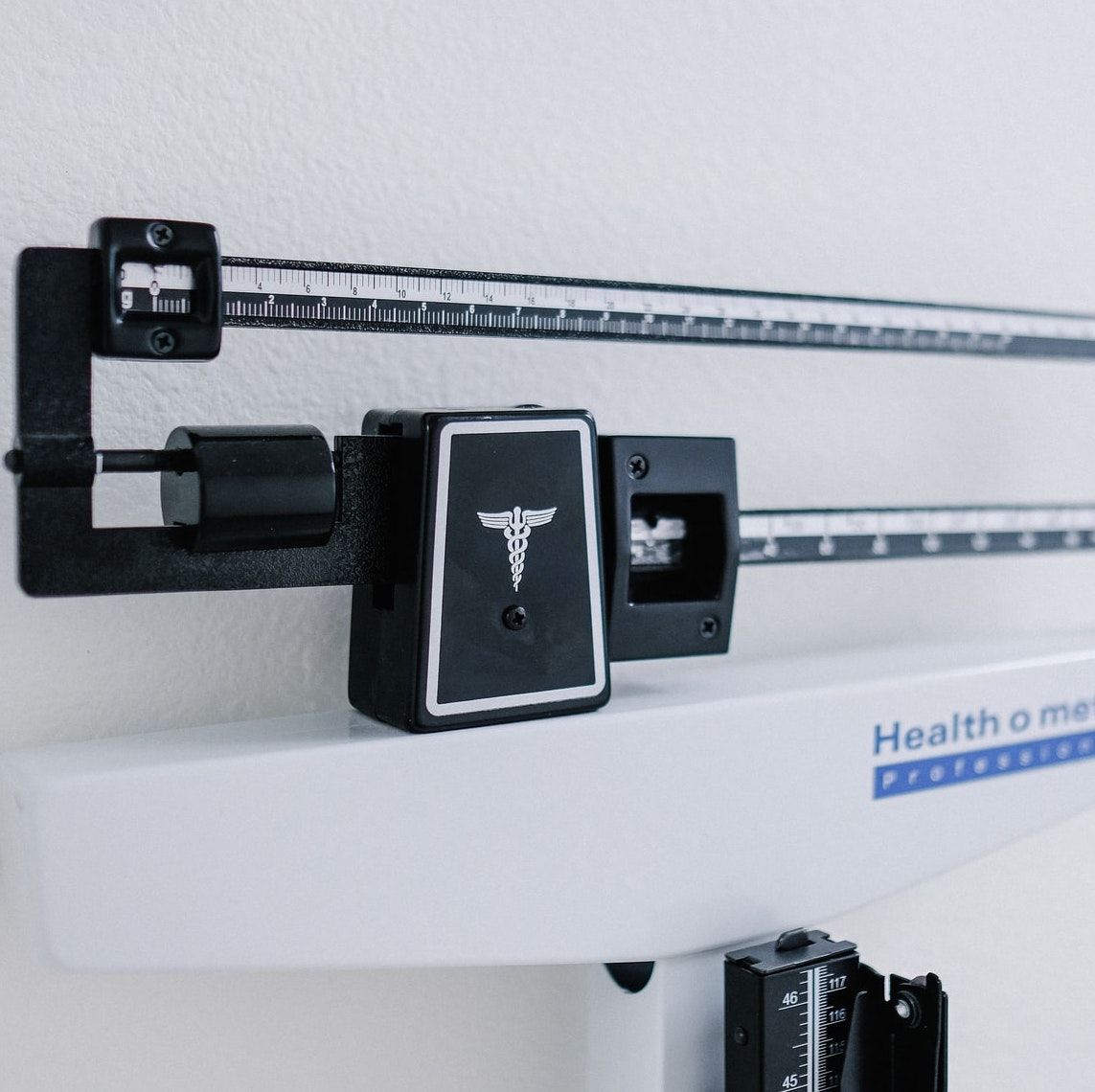Article
More Mindful Medicine
It's easy to burn out and much harder to slow down in day-to-day medical practice. I found a simple process that might help fan the flame when it sputters.
Patients are at the center of health care, but what kind of care are they receiving if their physician (whether a specialist or primary care physician [PCP]) is not fully engaged, or worse, burned out? We spend our days-whether in clinic, the lab, or the lecture hall-in fast-paced, discrete blocks: numerous 20-minute appointments booked back-to-back, an hour-long lecture, or a three-hour problem-based small-group learning session. We’re either thinking ahead to that phone call to obtain a prior authorization, or ruminating about a patient’s uptrending A1c. In short, we all too often spend way too much time immersed in everything but the present moment.
I ran across a simple process for creating mindfulness in the workday on the University of Wisconsin Family Medicine website. Dr. Luke Fortney led a team that investigated a condensed version of a mindfulness-based stress reduction (MBSR) course for physicians. Usually, a MBSR course runs upward of ~30 hours over 8 weeks. This course, tailored for physicians, totaled 18 hours, 14 of which comprised one weekend and two 2-hour evening follow-up sessions, 2 weeks apart. Thirty PCPs completed online assessments that evaluated stress, compassion, anxiety, and resilience, at baseline, 1 day, 2 months, and 9 months post-course. At all assessment points, scores on outcome measures, including stress, depression, and personal accomplishment, showed improvement. Though this study did not have a control group, these results are still intriguing.
The University of Wisconsin Family Medicine study team teaches a 3-step mindfulness practice for physicians that can be used anytime, anywhere, including in the midst of a harried day in the clinic. The steps, in brief, are:
1. Pause. “Stop, take a breath, drop in, notice this moment.” This step is a reminder to notice our “cluttered” thoughts and to put them aside to focus fully on the patient or the task immediately at hand.
2. Presence. This involves “being aware of what is happening in the moment…[being] fully present in the moment, non-judgmentally with the individuals you are serving. This allows more authentic understanding of their needs”.
3. Proceed. “Using mindful speech and action to respond skillfully, compassionately, and with positive intention to whatever needs attention in this moment.”
Mary Catherine Beach, MD, the lead author of another study on physician mindfulness, summed it up nicely: “Mindfulness gives doctors permission to attend to their own health and well-being,” she notes. “But it also allows doctors to help patients by listening more, talking less, and seeing what the patients need.” While by no means a panacea for the challenges we face, bringing greater mindfulness to our work can potentially set us on the path to enhanced patient care, as well as help us reconnect with what we love about medicine.
References:
Fortney L, Luchterhand C, Zakletskaia L, Zgierska A, Rakel D. Abbreviated mindfulness intervention for job satisfaction, quality of life and compassion in primary care clinicians: a pilot study.Ann Fam Med. 2013;11:412-410.
2. Beach MC, Roter D, Korthuis PT. A multicenter study of physician mindfulness and health care quality.Ann Fam Med. 2013;11:421-428. doi: 10.1370/afm.1507




